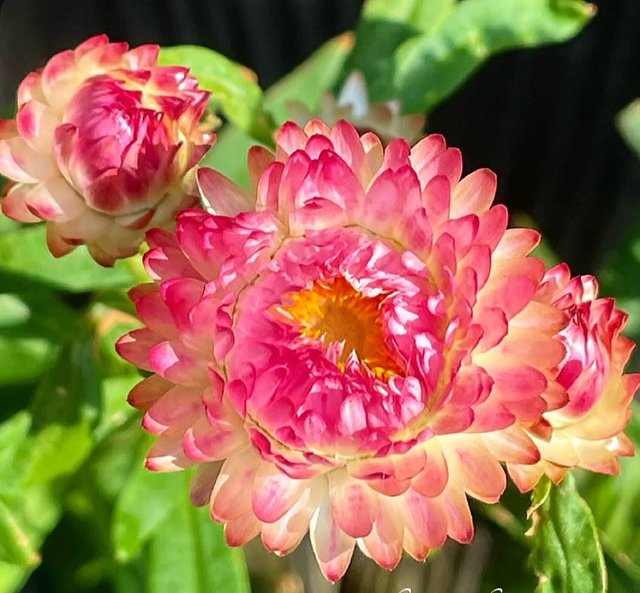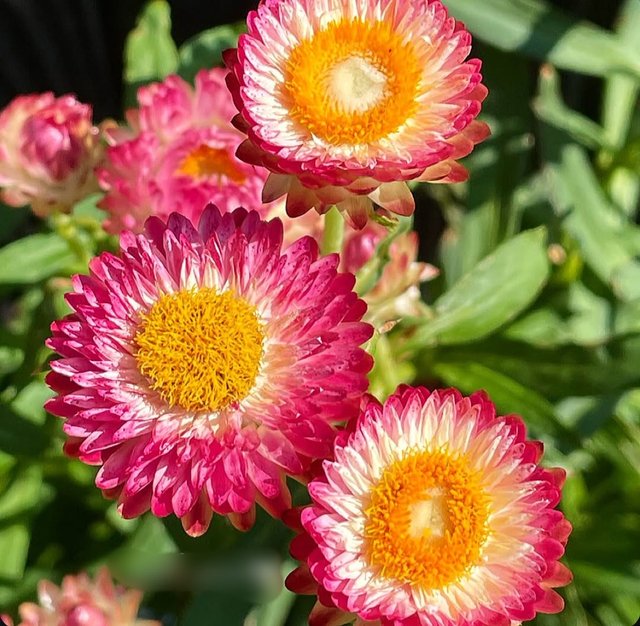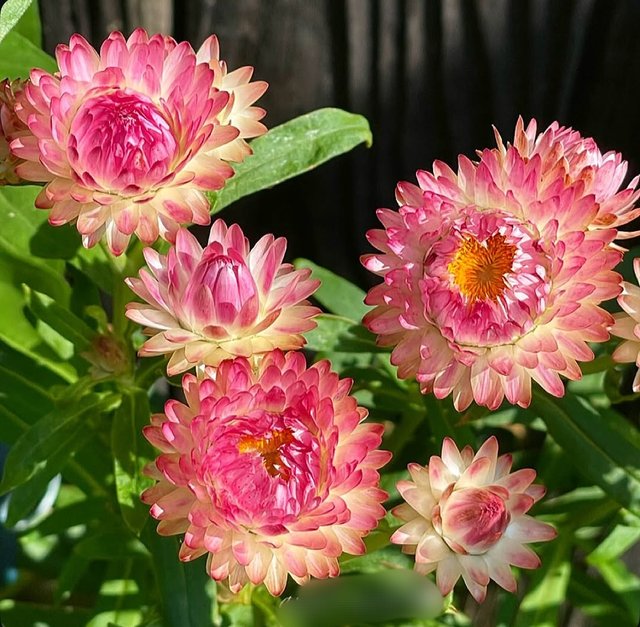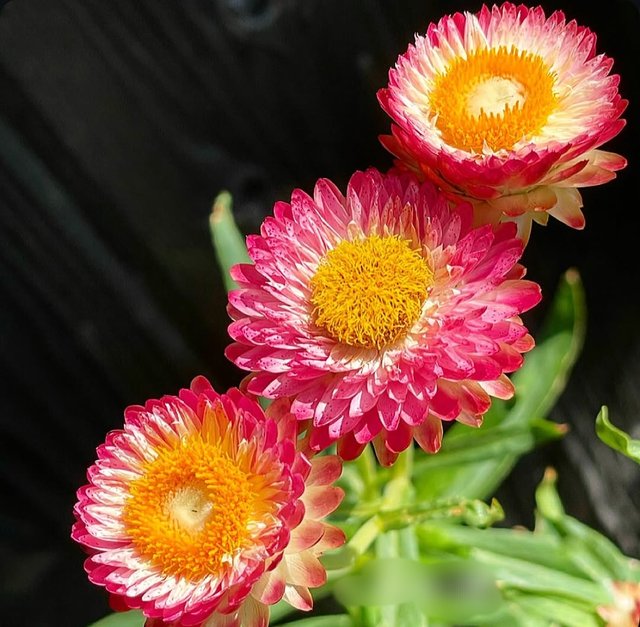So Beautiful Chrysanthemum Flower
The Chrysanthemum, often simply called the mum, is one of the most cherished and iconic flowering plants in the world. Revered for its dazzling beauty, diversity of form, and cultural significance, the Chrysanthemum has captivated hearts across centuries and continents. From royal gardens to home patios, from ceremonial rituals to decorative bouquets, this flower has established a permanent place in both horticulture and human sentiment.
Origins and Botanical Background
The Chrysanthemum is a member of the Asteraceae family, which also includes daisies, sunflowers, and asters. Native to Asia, particularly China and Japan, it has been cultivated for over 2,500 years. Its name is derived from the Greek words "chrysos" meaning "gold" and "anthemon" meaning "flower," hinting at the golden hue of the original wild species.
Though the earliest known varieties were yellow, centuries of breeding have produced a vast range of colors—white, pink, purple, red, bronze, and even green.
Botanical Characteristics
Chrysanthemums exhibit an incredible range of shapes and sizes, thanks to extensive hybridization. The plant itself is a herbaceous perennial, meaning it dies back in winter but regrows each year from its rootstock.
Leaves: Lobed, aromatic, and medium to dark green.
Flowers: Come in many forms—single, double, spider, pompon, anemone, and quill, to name a few.
Bloom Time: Typically in the late summer to fall, making it one of the final floral glories of the growing season.
Chrysanthemums are photoperiodic, meaning they bloom in response to shorter daylight hours—a trait that aligns beautifully with the cooling days of autumn.
Cultural Significance
The Chrysanthemum holds deep symbolic meaning in various cultures:
China:In China, the Chrysanthemum is one of the "Four Gentlemen" in Chinese art (alongside the plum blossom, orchid, and bamboo), symbolizing nobility, resilience, and the virtue of retirement. It is associated with autumn, and is revered in poetry and painting.
Japan:Here, the flower is a national symbol. The Japanese Imperial Family uses the Chrysanthemum as their emblem, and the highest honor in Japan is the Order of the Chrysanthemum. The flower is celebrated in an annual Chrysanthemum Festival in November. It stands for longevity, purity, and perfection.




%20(9).jpeg)